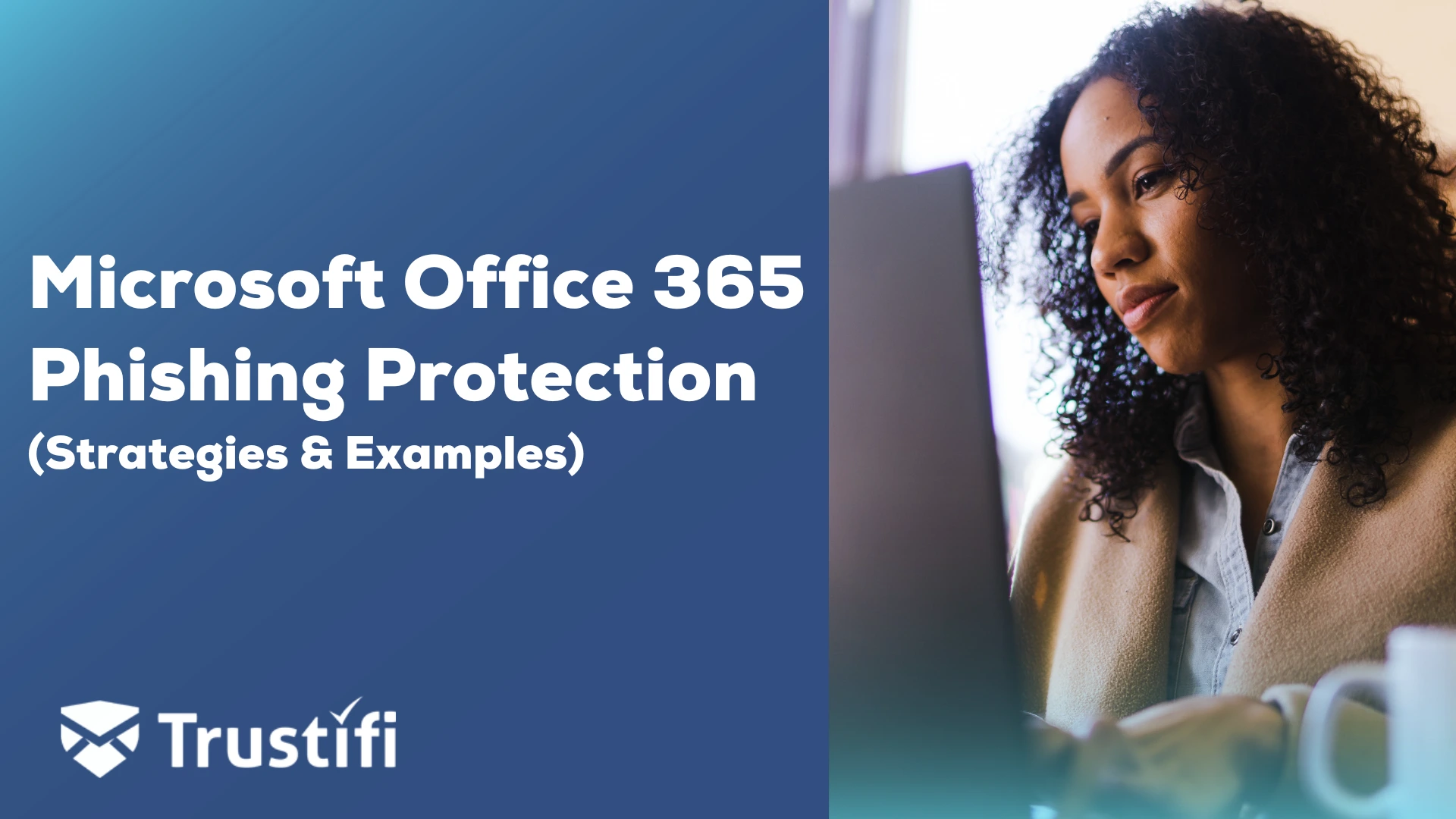Ever-evolving technology not only increases work efficiency, it also provides increasingly clever ways for cybercriminals to steal sensitive information. The bad guys enhance their skills to outsmart the latest security systems and innovative technologies.
Phishing and pharming are two popular types of cyberattacks to dupe victims into revealing confidential information. Hackers use both methods to get the personal information of users. Though similar in purpose, these two methods of criminal behavior are as different as their fishing and farming namesakes.
Trustifi’s secure email solution not only provides protection against phishing but also safeguards users from pharming attacks.
What Is Phishing?
Thieves create phishing attacks by sending fake emails designed to look exactly like authentic emails with the aim to trick the victim into opening a bogus URL or attachment. The URL leads to a phony login page that asks the user to enter confidential information, such as passwords, bank account information, credit card numbers, or a social security number. When an attached document is part of the ploy, it is designed to embed a virus or other malware on the unsuspecting user’s computer.
Email is not the only way, however, to hack into users’ data. Attackers also use text messages (SMiShing), faxes (Phaxing), and voice messages (Vishing scams) to obtain the victim’s personal information.
Because 91% of cybercrimes take place through phishing, businesses must always be on the alert to ward off these attacks.
To protect themselves from phishing scams, employees should follow these guidelines.
Hover the cursor over any URL in an email to verify its legitimacy.Keep eyes open for spelling mistakes in emails that prompt the user with urgent demands, such as “Must Act Immediately.”Type the URL provided in the email manually into the browser address bar instead of clicking the link.If the email seems malicious for any reason, delete it immediately.
Companies can take additional steps to protect themselves and their employees from phishing attacks:
Keep the operating systems and antivirus software updated on the company’s workstations and network.Use an email security service to block malicious emails from reaching the users’ inboxes.
What Is Pharming?
In a pharming cyber attack, the victim is redirected to a fake website that seems to be an exact copy of the real one, with the aim of tricking the user into providing sensitive data such as personal information, account details, and credit card numbers.
Pharming is a more sophisticated way of misdirecting the victim to a fake website. Though the techniques of phishing and pharming are technically different, as will be explained later, the results are the same—the unsuspecting user enters information into a phony web page, handing over the information to a cyber-conman to exploit and steal.
To safeguard themselves from pharming attacks, savvy users can follow these tips:
Confirm whether the website address to which they are directed includes HTTPS.Confirm that the target site holds a valid security certificate.Look for the padlock icon in the browser’s address bar.Enter the site by using its specific IP address instead of the web name.Examine the site’s encryption and certificate levels.
Of course, every company should install trusted antivirus software and other security software.
Difference Between Phishing and Pharming
While pharming and phishing produce similar results—both steal the user’s information—they differ in how the misdirection is carried out. A phishing email contains a bogus URL, that is, a URL that is ‘almost’ what the user thinks it is. A slight modification in the website name or the path to a page sends the user into dangerous territory. A vigilant user with a wary eye can spot a URL that has been tampered with.
Pharming, on the other hand, is less obvious to the naked eye. A pharming scammer uses knowledge of the Domain Name System (DNS) to fool users. Pharming exploits the DNS to use legitimate URLs that redirect the victim behind the scenes to a bogus page. Once the redirection has occurred, unless the user has a sharp eye for obscure details, they will never know they are not where they think they are.
In contrast to phishing’s simple tricks—vishing, smishing, and phaxing—pharming uses more insidious tricks like DNS cache poisoning, DNS hijacking, DNS Spoofing, and other DNS-related scams. Both types of fraud are modified types of digital theft that can lead businesses into overwhelming consequences.
Because pharming attacks occur at the DNS level, far away from the average user’s level of attention, it is more treacherous than phishing or trap phishing, making it almost impossible for a victim to detect the threat. Phishing, on the other hand, is at the top level of social engineering, efficiently trapping users into providing their personal data with relatively little effort on the scammer’s part.
Whether fending off a phishing attack or a pharming scam, businesses can rely on Trustifi. Their secure email solutions stop both phishing and pharming attacks dead in their tracks, protecting your employees and your systems from cyber-criminals. Contact a Trustifi representative today to learn how quickly and affordably Trustifi’s secure email solution will guard your valuable corporate assets from phishing and pharming scams.


